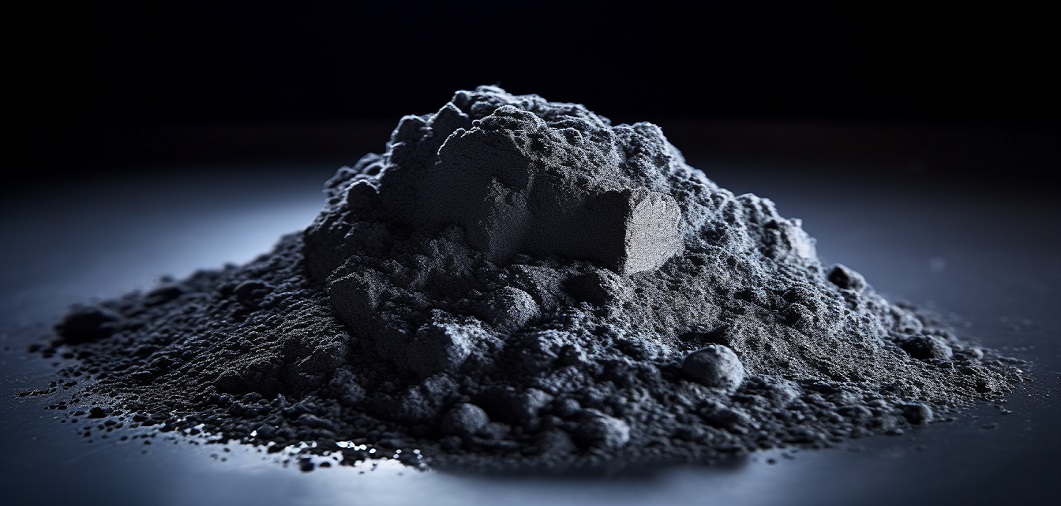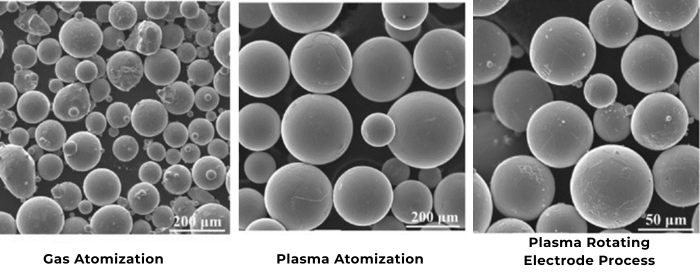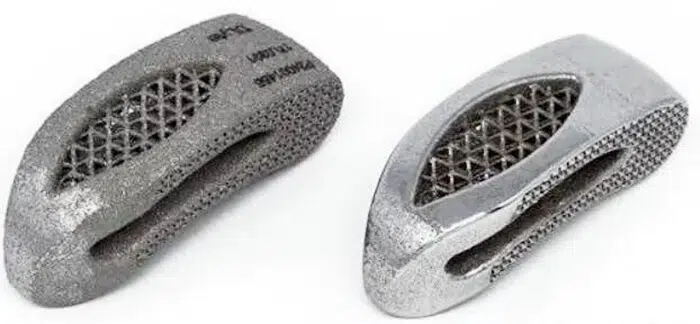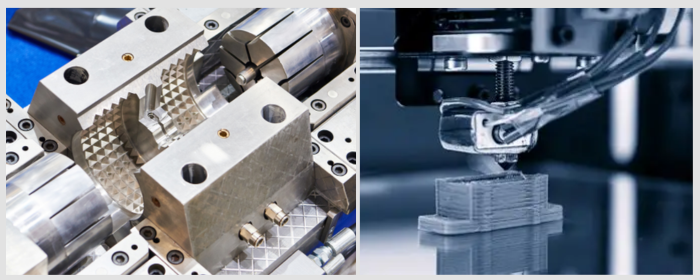

Additive manufacturing, often referred to as 3D printing, has revolutionized the world of manufacturing by enabling the creation of complex and customized components with unprecedented precision. In recent years, a new class of materials known as High Entropy Alloys (HEAs) has been gaining significant attention in the realm of additive manufacturing. HEAs, characterized by their unique and versatile properties, are poised to become game-changers in various industries. This article explores the exciting applications of HEAs in additive manufacturing.

HEAs are a class of metallic materials that are composed of multiple principal elements, typically at near-equiatomic compositions. Unlike traditional alloys that often consist of one or two principal elements, HEAs contain three or more elements in roughly equal proportions. This equiatomic combination results in exceptional properties that make HEAs ideal for additive manufacturing.
One of the primary advantages of HEAs is their exceptional mechanical properties. These materials exhibit high tensile strength, excellent ductility, and impressive resistance to wear and corrosion. These attributes open the door to a wide range of applications in industries where strong, lightweight, and durable components are required. In additive manufacturing, these properties enable the creation of complex structures and components that can withstand harsh conditions.
HEAs exhibit exceptional characteristics, such as high strength, excellent corrosion resistance, and superior wear resistance. These properties make them an ideal choice for applications where traditional materials fall short. HEAs are also known for their remarkable thermal stability and resistance to deformation at high temperatures. All of these attributes have made HEAs highly sought after in the field of additive manufacturing.
The aerospace industry demands materials that are lightweight, yet incredibly strong, to reduce the weight of aircraft and improve fuel efficiency. High Entropy Alloys fit the bill perfectly. HEAs can be used to produce lightweight, high-strength components for aircraft, satellites, and spacecraft. These materials are also highly corrosion-resistant, which is vital for parts exposed to harsh environmental conditions in aerospace applications.

In the field of healthcare, additive manufacturing has revolutionized the production of custom medical implants. HEAs are making their way into this sector, primarily for producing biocompatible implants with superior mechanical properties. For instance, HEAs can be used to create orthopedic implants, dental prosthetics, and other medical devices that require high strength and resistance to wear and corrosion.
The automotive industry has embraced additive manufacturing for prototyping and low-volume production of parts. HEAs are becoming increasingly popular for producing components that need to withstand extreme conditions, such as high-temperature environments and corrosive fluids. Engine components, exhaust systems, and even lightweight structural parts in vehicles are some examples where HEAs can find applications.
HEAs are also being explored for use in the energy sector, particularly in power generation. Components like gas turbine blades must withstand high temperatures and aggressive environments. HEAs, with their remarkable thermal stability and resistance to corrosion, have the potential to improve the efficiency and longevity of power generation equipment.
While High Entropy Alloys show great promise for additive manufacturing, there are challenges to overcome. The cost of producing HEAs can be higher than traditional materials, and the technology for 3D printing with HEAs is still evolving. Researchers and manufacturers are working to optimize the production processes and develop new alloy formulations that can be cost-effective for a wide range of applications.
In conclusion, High Entropy alloy powder is a promising addition to the repertoire of materials used in additive manufacturing. Its unique combination of properties, including high strength, corrosion resistance, and thermal stability, make it well-suited for a variety of industries, from aerospace and healthcare to automotive and power generation. As research and development continue in this field, we can expect HEAs to play an increasingly important role in the world of 3D printing and advanced manufacturing technologies.







